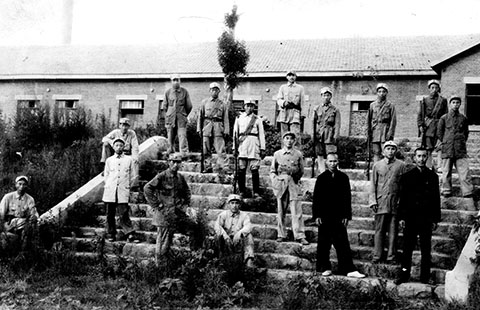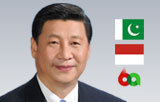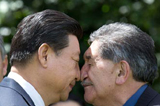China, Kazakhstan to bolster economic, industrial capacity cooperation
Updated: 2015-05-07 17:33
(Xinhua)
Comments Print Mail Large Medium SmallBEIJING - Mutually beneficial cooperation between China and Kazakhstan has been progressing since the two countries forged diplomatic ties in 1992, and their cooperation in trade and investment has witnessed a remarkable momentum of growth.
In recent years, Kazakhstan has been striving to step up its economic transformation, while China has proposed the initiative to build a Silk Road Economic Belt.
Fresh opportunities are awaiting the two countries, which will seize this precious chance to deepen economic and trade ties and build new engines for common development.
China and Kazakhstan are now marching towards the goal of increasing bilateral trade volume to 40 billion U.S. dollars in 2015.
TAPPING NEW POTENTIAL IN ECONOMIC COOPERATION
Kazakhstan, a friendly neighbor and comprehensive strategic partner of China, is very important to China's initiative of building a Silk Road Economic Belt.
In recent years, the two countries have been working together to optimize their trade structure. Bilateral trade between the two sides reached 28.6 billion dollars in 2013, and China is becoming Kazakhstan's largest trading partner.
Working side by side, China and Kazakhstan have been making fresh efforts to tap new cooperative potential. The Horgos International Border Cooperation Center, jointly built by the two countries, officially went into operation in 2012. Some Chinese provinces are pondering organizing cargo routes between Europe and China via Kazakhstan.
Energy is one of the key areas of China-Kazakhstan cooperation. The two countries have carried out close cooperation in searching, exploring and developing resources such as oil, natural gas and uranium mines.
The two sides have also expanded their cooperation to such areas as infrastructure, transportation, the processing industry and electricity, and they are also striving to make major breakthroughs in many areas of cooperation including inter-connectivity, high-technology, new energy and agriculture.






